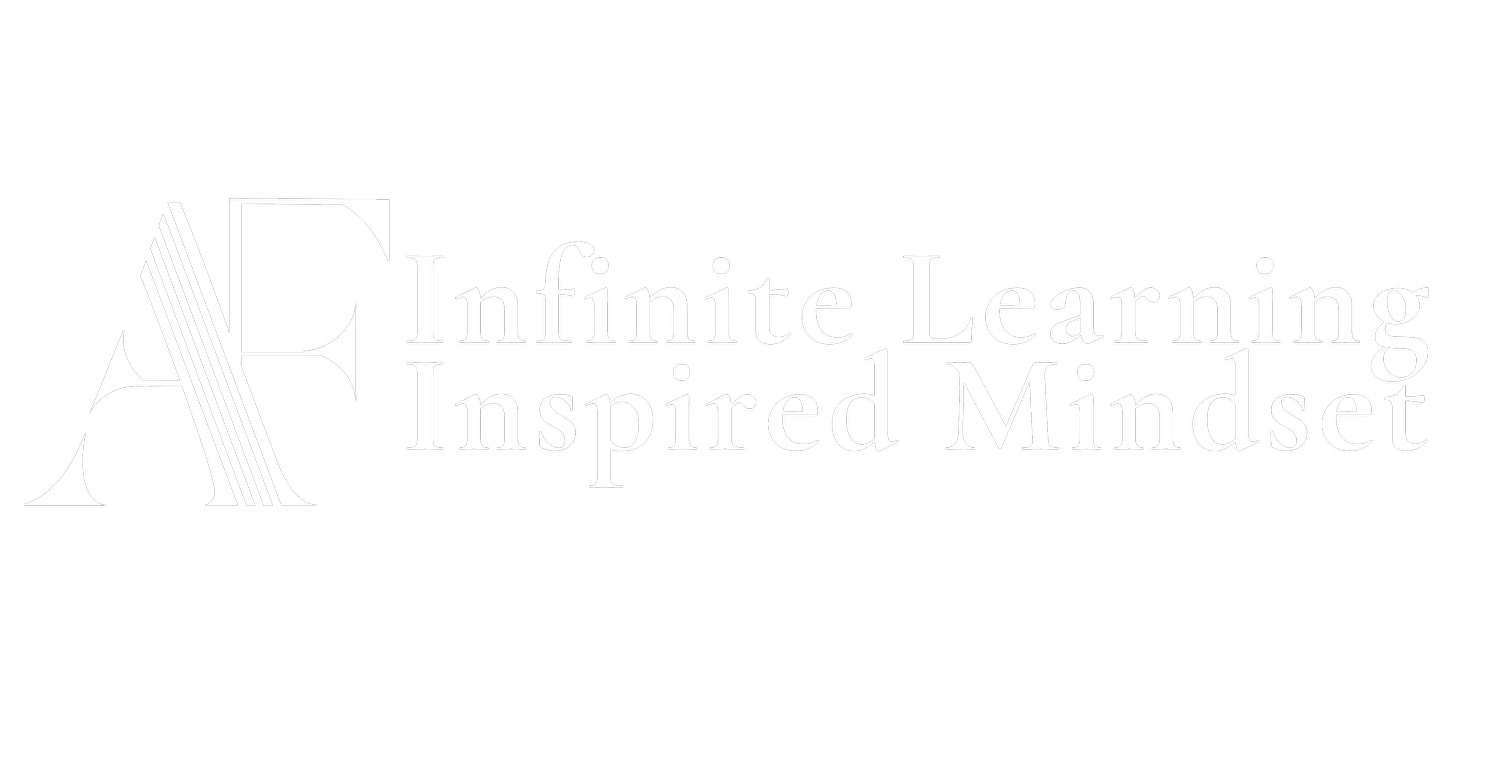Storm Warning: Why Higher Ed Needs New Leadership Now
This article was originally published on The Huffington Post.
A perfect storm roils the horizon of higher education. Three towering and swiftly moving storms — affordability, student loan debt, and seismically shifting demographics — are about to collide. The power of their convergence and the resulting collateral damage will challenge the very survival of colleges that refuse to evolve. The perfect storm will shake our industry to the core if we are not equally swift to throw off an outdated paradigm. A new generation of college presidents must step up to confront the turbulent landscape that will be the “new normal.”
Former President John F. Kennedy once said, “It is time for a new generation of leadership... For there is a new world to be won.” These new visionary leaders can be the young top guns, but this challenge is not the sole purview of the young. Next generation leaders may emerge also from the ranks of the “industry veterans,” but will include only those who are willing to embrace change, adapt through complexity, and re-examine, re-invent, and re-engineer themselves — and higher education itself — to meet the needs of the new age. Those who do not act boldly will remain among the old guard, which will not prove a safe haven. The new leaders must espouse a paradigm shift to steer the way through the perfect storm. Failure to do so will result in some institutions going out of business or withering in a marginalized existence.
Consider this: analysis of College Board and U.S. Census data projects that the net price of a private college education will consume 38 percent of the median household income of an American family. Since the year 2000, the price of a college education has increased 33 percent and 25 percent respectively for private and public colleges (College Board) while the median household income in 2010 (constant dollars for that same period) has decreased by 6 percent (U.S. Census). Furthermore, Postsecondary Education Opportunity data points out that students from families in the bottom 20 percent of household income had about an 8 percent bachelor’s degree attainment rate in 1989. In 2009, that rate remained virtually unchanged. At the same time, the same data shows the bachelor’s degree attainment rate of students from families in the top 20 percent of household income grew from 55 percent in 1989 to 82 percent in 2009.
Essentially, we have an environment in which the college attainment rate for the “haves” has grown significantly while that of the “have nots” has remained low and unchanged for two decades. Moreover, the amount of debt students incur to earn a college degree is disproportionately burdensome to lower-income families who can least afford to borrow and who have a lower probability of attaining a degree. According to the Federal Reserve Bank of New York, student loan debt exceeds credit card debt.
Demographics are also changing. Analysis of U.S Department of Education Data suggests that, by 2030, the majority of college students will be nonwhite. In other words, we will have a majority minority college student population in America. Yet, it is people of color who are at the bottom the economic ladder in the United States and most likely not to attain a college degree. This paradox of those least likely to afford and to complete college being the very ones burdened with debt, makes this a truly unsustainable economic model.
If college leaders do not heed these trends, anticipate the future, and decisively face this perfect storm, then colleges are destined for turbulent years and another lost decade. Companies like IBM and GE have evolved multiple times over the last 50 years as the corporate landscape has changed. Yet higher education stubbornly refuses to evolve in the 21st century global economy. We must change our industry to meet the challenges of educating young people to successfully engage in a fluid, global society.
The new generation of leaders must step forward from their institutional confines and transform the industry using new tools and approaches, such as disruptive innovation and selective experimentation, to ensure we cost-effectively graduate students prepared to compete in a global society. Colleges cannot teach students as if we are in an agrarian economy — we must embrace new technologies, online learning, and other modalities to contain costs, build access, and create economies of scale.
New guard leadership cannot cling to relics of the past. It must step up, shift the paradigm in higher education, and revolutionize the industry. If the old guard does not want to make way for change, then in the words of Malcolm X, we must bring change “by any means necessary.” As the late civil rights leader said, “... real power, comes from our conviction which produces action, uncompromising action.” Entrepreneurs and families, the underemployed and the unemployed, global corporations and populations around the globe are calling out with the power of conviction. How will American higher education answer?

